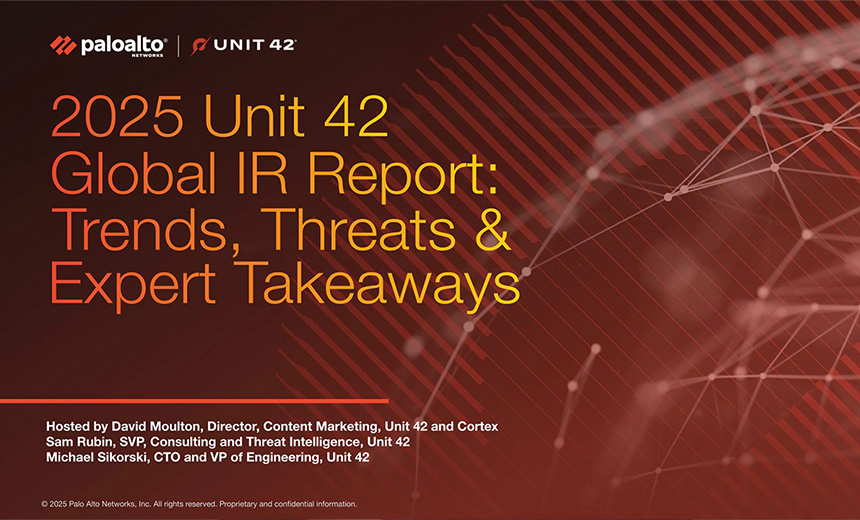AI-Based Attacks,
AI-Driven Cloud Security Services,
AI-Driven Security Operations
In 2025, the cybersecurity landscape continues to exhibit a dynamic evolution, characterized by multifaceted threats that are increasingly sophisticated. The report notes that cyber adversaries are not only diversifying their tactics but also intensifying their focus on various vectors within the attack surface that organizations must defend.
Data revealed by the Unit 42 Incident Response team indicates that in the past year, more than 500 of the most significant cyber incidents were managed, with an alarming 86% of these directly affecting business operations. With this extensive data, the “2025 Unit 42 Global Incident Response Report” provides a comprehensive overview of the shifting threat landscape and the evolving methods employed by attackers.
The accompanying webinar seeks to delve into several pressing issues facing organizations today. As cyberattacks grow in velocity, the report emphasizes the alarming trend where hackers utilize artificial intelligence to significantly expedite the data exfiltration process, often completing their missions in under an hour, thereby providing minimal opportunity for defensive measures.
The report also highlights that a staggering 70% of incidents now encompass three or more attack surfaces, which reinforces the critical need for organizations to adopt a holistic security posture. This includes robust protective measures across endpoints, networks, cloud infrastructures, and the increasingly critical human component of security strategies.
Emerging trends outlined in the report signal a growing prevalence of disruptive extortion schemes, increased supply chain vulnerabilities, and the threats posed by insiders. Additionally, the impact of AI-assisted attacks is explored, underscoring the complex challenges faced by businesses navigating the cross-industry implications of these risks.
In terms of potential tactics and techniques associated with these threats, references to the MITRE ATT&CK framework reveal a variety of adversary methods that may have been employed. Initial access could have been gained through a range of phishing tactics, while persistence might have been achieved via techniques such as credential dumping or exploitation of software vulnerabilities. Meanwhile, privilege escalation tactics could have further facilitated an attacker’s ability to access sensitive systems.
This report not only paints a picture of the current state of cybersecurity but also serves as a critical reminder for business owners to remain vigilant and proactive in their defense strategies. The complexities of the evolving cyber landscape necessitate a comprehensive response plan that addresses potential vulnerabilities and reinforces organizational resilience.

